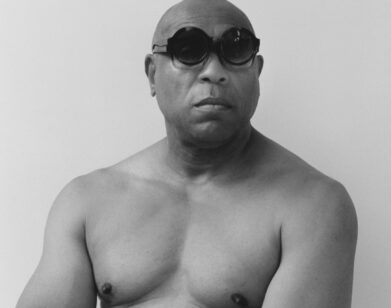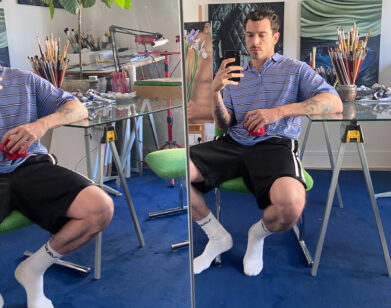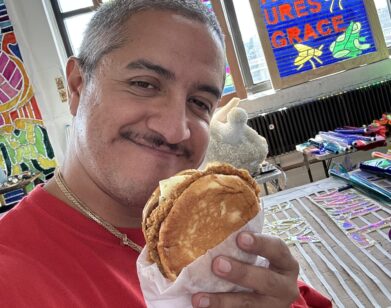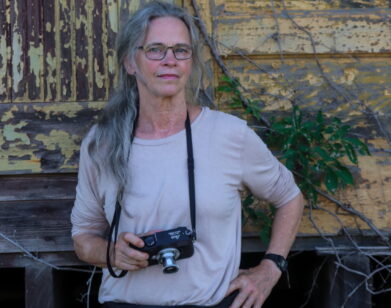Francesca Gavin, Musical Curator
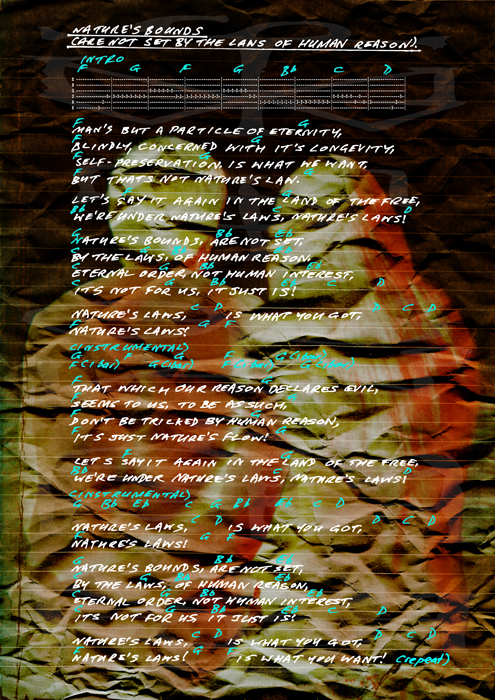
MARK TITCHNER, FREEDOM SONG
Francesca Gavin, Dazed & Confused’s Berlin-based visual arts editor, has a complex history with music. Gifted with a booming voice and precocious interest in jazz music as a child, she once seemed destined to be a performer; but after illness struck at age 10, her voice “dropped an octave” and those dreams receded into a latent fantasy. Instead, Gavin realigned her creative path as a writer and curator, excelling at interpreting the nature of performance, and art, for others. At moments, though, her inner muso wonders what could have been. Luckily for her, an opportunity to re-imagine the possibilities of her foregone dream materialized when fellow Berlin curator Despina Stokou asked Gavin to conceptualize a guest installation at the Grimmuseum as the final chapter of the experimental D12 series, a personae-fueled set of vignettes presented by a collective of Berlin artists cheekily named after the Detroit rap group. The result is “Syncopation,” a curatorial exploration of the interstices of music and art as expressed through the work of some of Gavin’s favorite artists, including mixed-media luminaries such as Mark Titchner and Jayson Musson. The selections provide a visual dialogue, mediating the poignancy of Gavin’s personal musical journey with the greater symbiotic relationship between technology and music, making it both an emotive time capsule and pop history narrative.
COLLEEN NIKA: When did the opportunity to create “Syncopation” arise and how does it relate to the D12 concept?
FRANCESCA GAVIN: I was invited by curator Despina Stokou to curate the show at Grim Museum. The D12 concept was her idea—and as I’ll always be a bit hip-hop, the reference appealed to me. The basic concept was to get six curators to each present a show as their six alter egos (hence the number 12). She asked me to curate a show as my alter ego. Rather than create a fake persona, I decided to be incredibly personal about the show and curate something about what I would have been if I hadn’t been a writer. I would have been a musician. It felt like a natural progression to put together a show about the relationship between art and music: an art exhibition through music’s eyes.
NIKA: What musical forms influenced the way you approached this project?
GAVIN: The work that inspired the show was an amazing 1983 video by Adrian Piper called Funk Lessons, which I originally saw at the Musée du Quai Branly in Paris. It’s a rough and ready video where she teaches a group of Berkley students to dance to funk music. It’s the funniest, most heartfelt art film I’ve seen in years—and the soundtrack is pure genius. When I’ve seen exhibitions about the relationship between art and music, they often focus on experimental sounds, noise, something quite musically abstract. For me I’m much more interested in music and its relationship to politics, society, and soul. Why do music and art exhibitions have to be so abstracted? I grew up listening to melody and connect with it on an emotional level.
NIKA: How do the artists you chose reflect your ethos for this project?
GAVIN: I’m really interested in work that reflects the internet and technology, hence why I chose Oliver Laric, Mark Titchner and Cory Arcangel. I wanted work that touched on my own musical past, as seen in How to Hip Hop by Jayson Musson and Matt Stokes’ works about rave culture. I wanted to explore how different artists could take something as visceral as music and use it as a starting point to make something visual or cerebral, as seen in Jeremy Shaw’s abstract psychedelia and Levack and Lewandowski’s dance stills.
NIKA: What is the significance of “Syncopation” as the chosen title?
GAVIN: I called the show “Syncopation” as it had all these different elements running concurrently but blending together to make something interesting and rhythmic. Like they were notes on a musical score.
NIKA: How do your personal reactions to art and music relate to each other?
GAVIN: I’m always looking for artwork that hits me on a physical level. Something that makes me scream, smile, and think. Music is something incredibly physical to begin with.
NIKA: Does your alter-ego have a name?
GAVIN: My alter-ego has no name. It’s just me if I took another path.
NIKA: When did you deviate from a musical path?
GAVIN: It’s strange: my whole life was about music when I was young. I knew before my voice dropped an octave that I wasn’t going to go that path, though. My father did it and I know how hard it can be. I knew quite early on that it was smarter to create a life relying on my brain! I didn’t want to make myself into a product and be judged on that. I didn’t have some desperate need to be loved by the world.
NIKA: When you opened “Syncopation,” you were able to fulfill your childhood wish and step onstage to belt out a tune. What did you perform?
GAVIN: I broke out the old 1930s numbers for a lounge jazz performance the night of the opening. I was sick for a year when I was 10, and all I did was watch old movies on TV. For years all I listened to was Miles Davis, Charlie Mingus, Sarah Vaughan—I used to be able to do Ella Fitzgerald and Judy Garland note-for-note. So, I have an embarrassingly encyclopedic knowledge of old jazz standards. Despina asked me to sing so I thought, “what the hell?” The thing I am most excited about was being accompanied by an amazing concert pianist Julien Quentin.
NIKA: Is singing now a nervewracking experience?
GAVIN: I’m not nervous about singing in public—it’s fun. It’s also a great distraction from the strange anti-climax of creating a show. But singing is a really exposing thing to do. It’s a bit like here’s this little real part in my stomach that you don’t tell anyone about it, ripped open for the world to see. It’s much easier being a hack!

